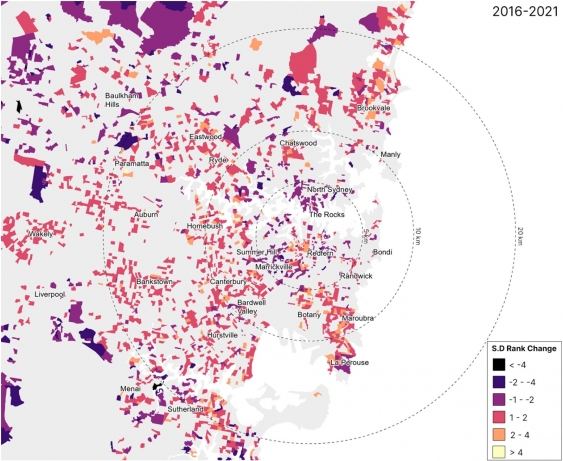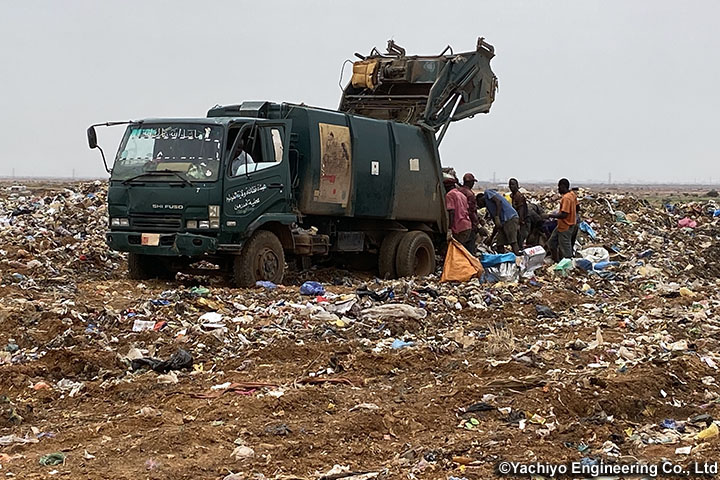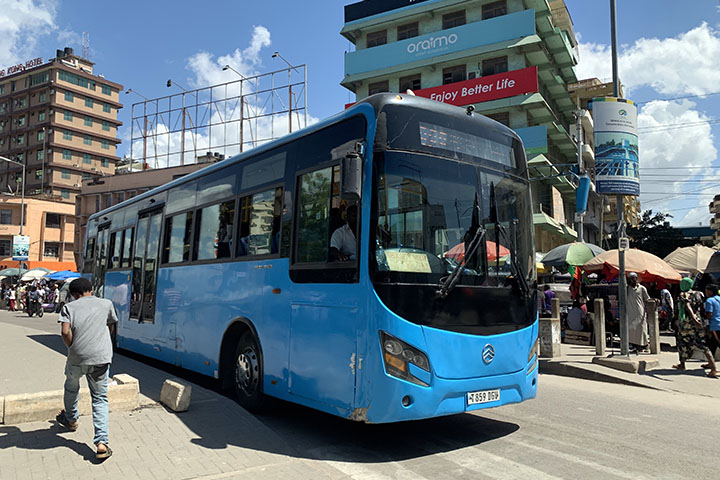UNSWの研究者が開発した新しい機械学習プロトタイプは、ジェントリフィケーションの害を軽減するのに役立ちます。 A new machine learning prototype developed by UNSW researchers can help mitigate the harms of gentrification.
2023-01-30 ニューサウスウェールズ大学(UNSW)

Map of predicted neighbourhood change in Sydney between 2016-2021. Areas in orange/red predicted to gentrify, areas in purple/blue predicted to decline in socioeconomic rank. Image: Supplied by Thackway et al. (2023).
◆ジェントリフィケーションは、世界中の多くの都市に影響を及ぼしている都市現象で、貧困地域や歴史的に労働者階級だった地域が、人口動態、土地利用、住宅価格などの面で大幅に変化する地域変動の一種です。ジェントリフィケーションは、低技能労働者や社会的弱者などの住民を追い出し、悪影響を及ぼす可能性があり、政府や政策立案者はしばしば、関連する害悪への対処に苦慮しています。
◆UNSW City Futures Research Centreの大学院研究員であるWilliam Thackway氏は、「ジェントリフィケーションは手遅れになってから判明することが多く、それがもたらした害に対処するためにはコストがかかります」と述べています。「ジェントリフィケーションによる害に適切に対処する政策立案者の能力は、コストがかかりすぎる前に、脆弱な人々の移転の防止や緩和を行う事前戦略にかかっているのです」。
◆Thackway氏、Christopher Petitt教授、Matthew Ng博士、Chyi Lin Lee准教授は、機械学習モデルのプロトタイプを開発し、シドニーをケーススタディとして様々なデータを検証しました。
◆この研究では、シドニーで予測される高級化の全体的な指標として、研究者が「スピルオーバー」と呼ぶ効果が確認された。スピルオーバー」とは、高級化のホットスポットから追い出された住民が、家賃が少し安い近隣の郊外に移動することである。
◆ライドの先のイーストウッドやマンリーの先のブルックベールも、この機械学習分析によれば、「スピルオーバー」効果を経験し、高級化が予測される郊外です。また、ランドウィックから先のボタニーとマルーブラも高級化のホットスポットであることが再確認されました。
◆スピルオーバー効果以外にも、犯罪レベルの変化、新しい交通機関の開発、人口動態の変化などが、シドニーの高級住宅地や近隣地域の変化を促す要因になる可能性があります。
◆この新しい機械学習モデルの利点は、人間の専門知識だけを含む他の分析方法では見落とされてしまう変数間の関連性を見出すことができる点です。
◆都市政策分野での予測モデリングや機械学習ツールは、まだ初期段階にある。しかし、UNSWの研究者が開発したこの新しい機械学習モデルは、87.3%の精度で高級住宅地を予測でき、機械学習モデルがどのように結論に至ったかを解釈するモデル説明ツールを実装することによって、「ブラックボックス」要素を排除しているのです。
<関連情報>
- https://newsroom.unsw.edu.au/news/social-affairs/machine-learning-can-help-better-predict-city-gentrification
- https://www.sciencedirect.com/science/article/abs/pii/S0264275123000045
シドニーにおけるジェントリフィケーションの予測的機械学習モデルの構築 Building a predictive machine learning model of gentrification in Sydney
William Thackway,Matthew,Ng,Chyi-Lin,Lee,Christopher,Pettit
Cities Available online: 12 January 2023
DOI:https://doi.org/10.1016/j.cities.2023.104192
Abstract
In an era of rapid urbanisation and increasing wealth, gentrification is an urban phenomenon impacting many cities around the world. The ability of policymakers and planners to better understand and address gentrification-induced displacement hinges upon proactive intervention strategies. It is in this context that we build a tree-based machine learning (ML) model to predict neighbourhood change in Sydney. Change, in this context, is proxied by the Socioeconomic Index for Advantage and Disadvantage, in addition to census and other ancillary predictors. Our models predict gentrification from 2011 to 2016 with a balanced accuracy of 74.7 %. Additionally, the use of an additive explanation tool enables individual prediction explanations and advanced feature contribution analysis. Using the ML model, we predict future gentrification in Sydney up to 2021. The predictions confirm that gentrification is expanding outwards from the city centre. A spill-over effect is predicted to the south, west and north-west of former gentrifying hotspots. The findings are expected to provide policymakers with a tool to better forecast where likely areas of gentrification will occur. This future insight can then inform suitable policy interventions and responses in planning for more equitable cities outcomes, specifically for vulnerable communities impacted by gentrification and neighbourhood change.



